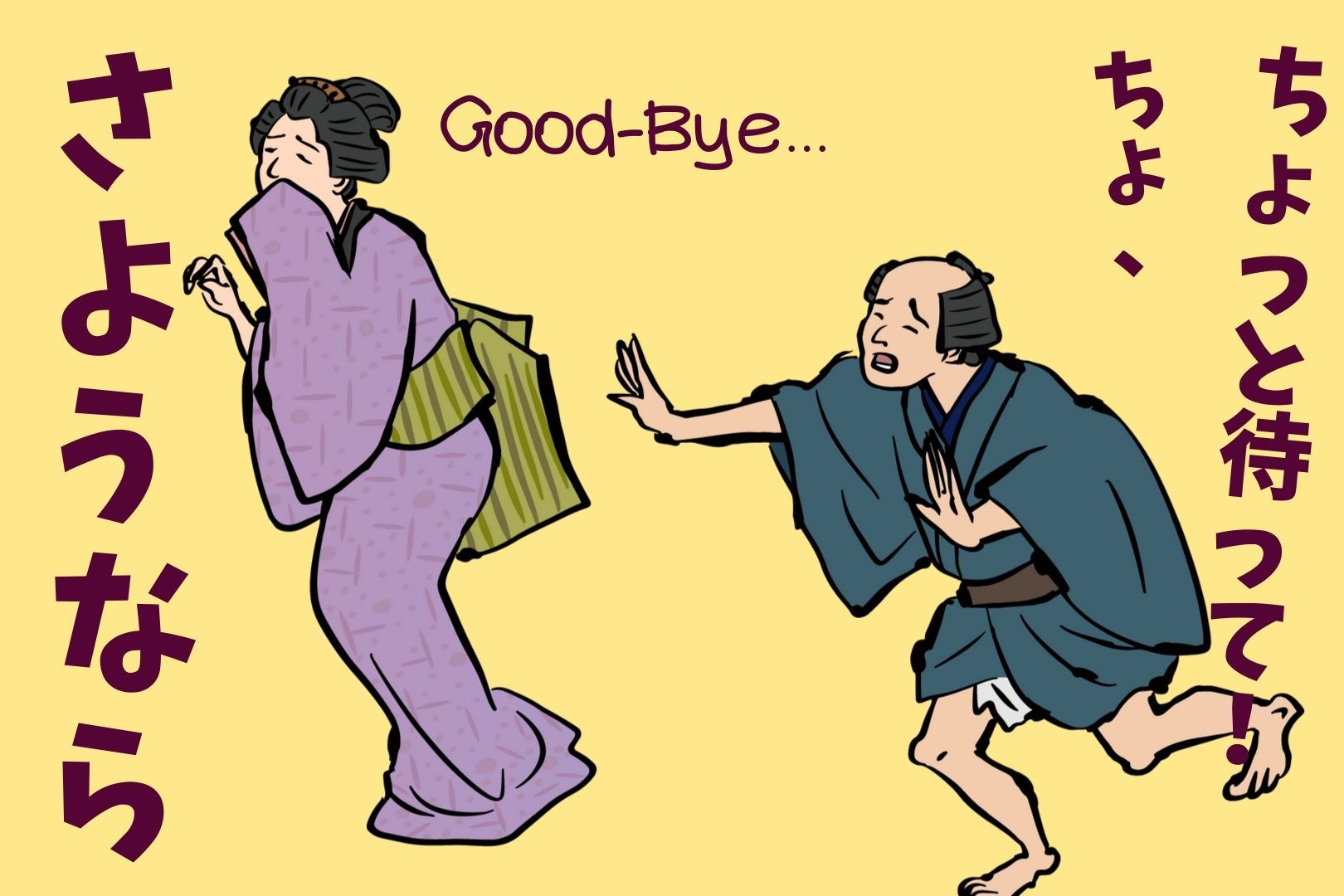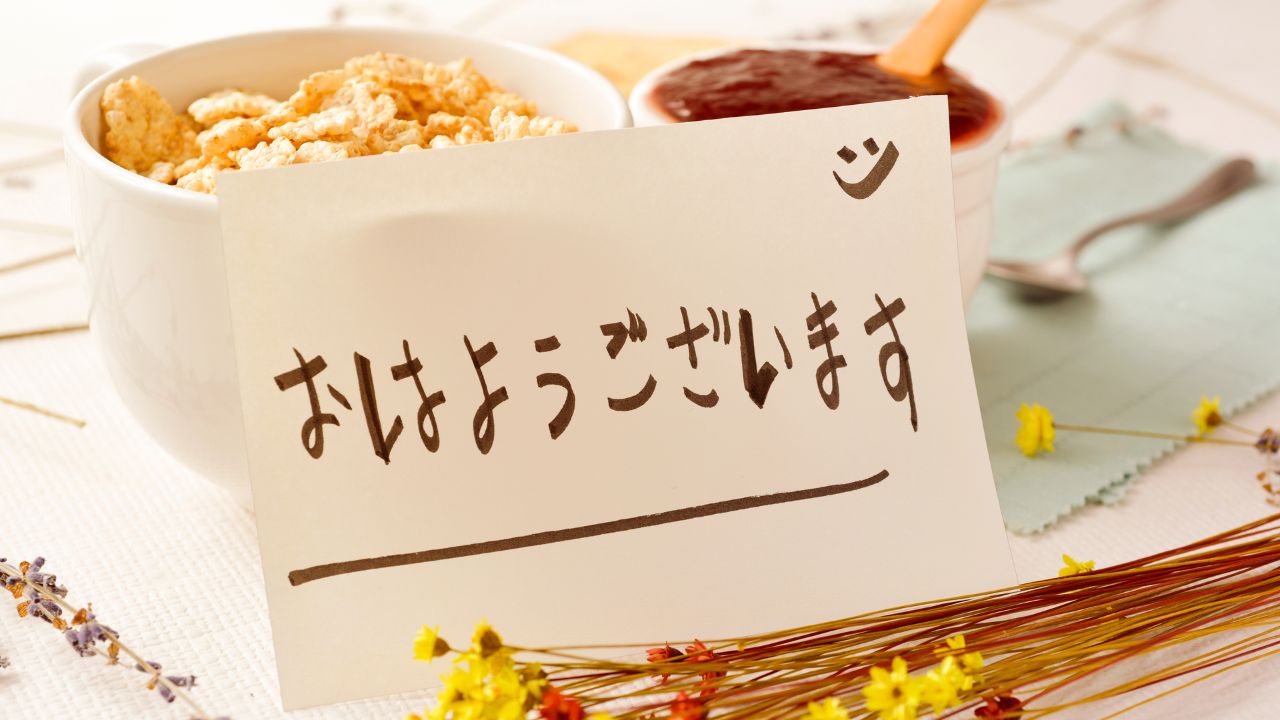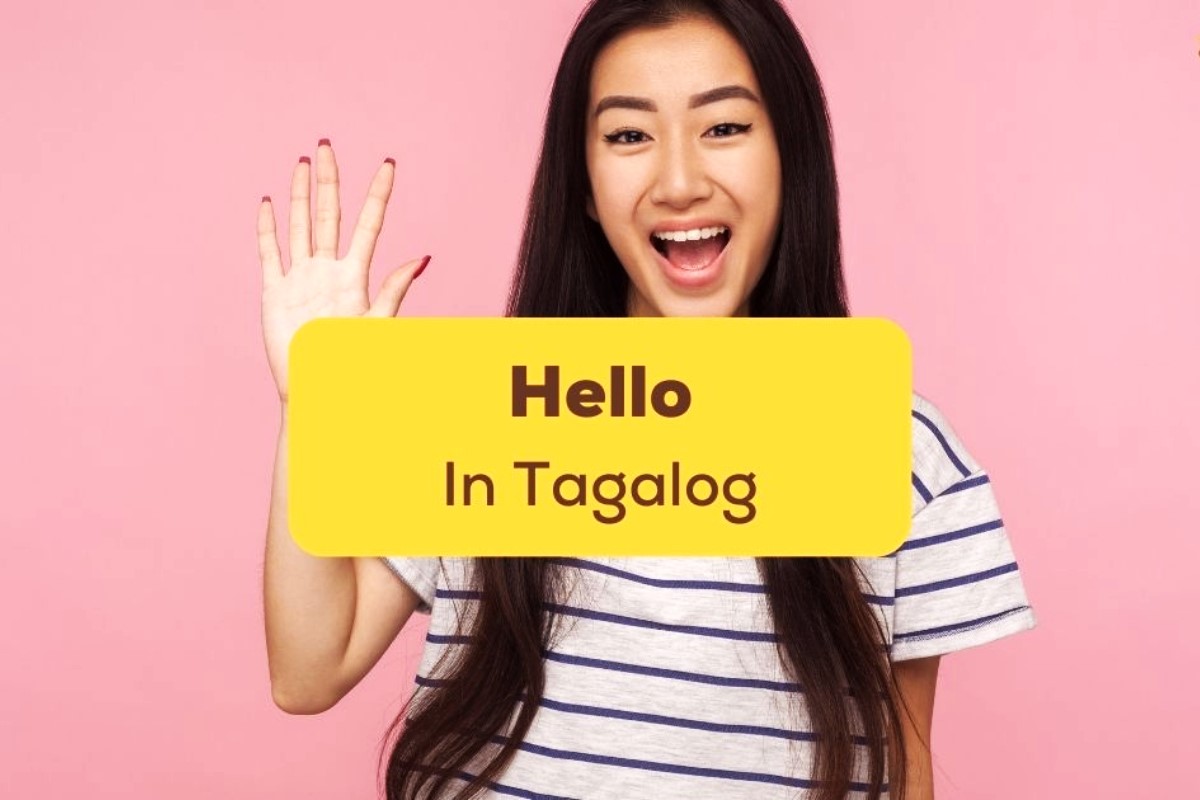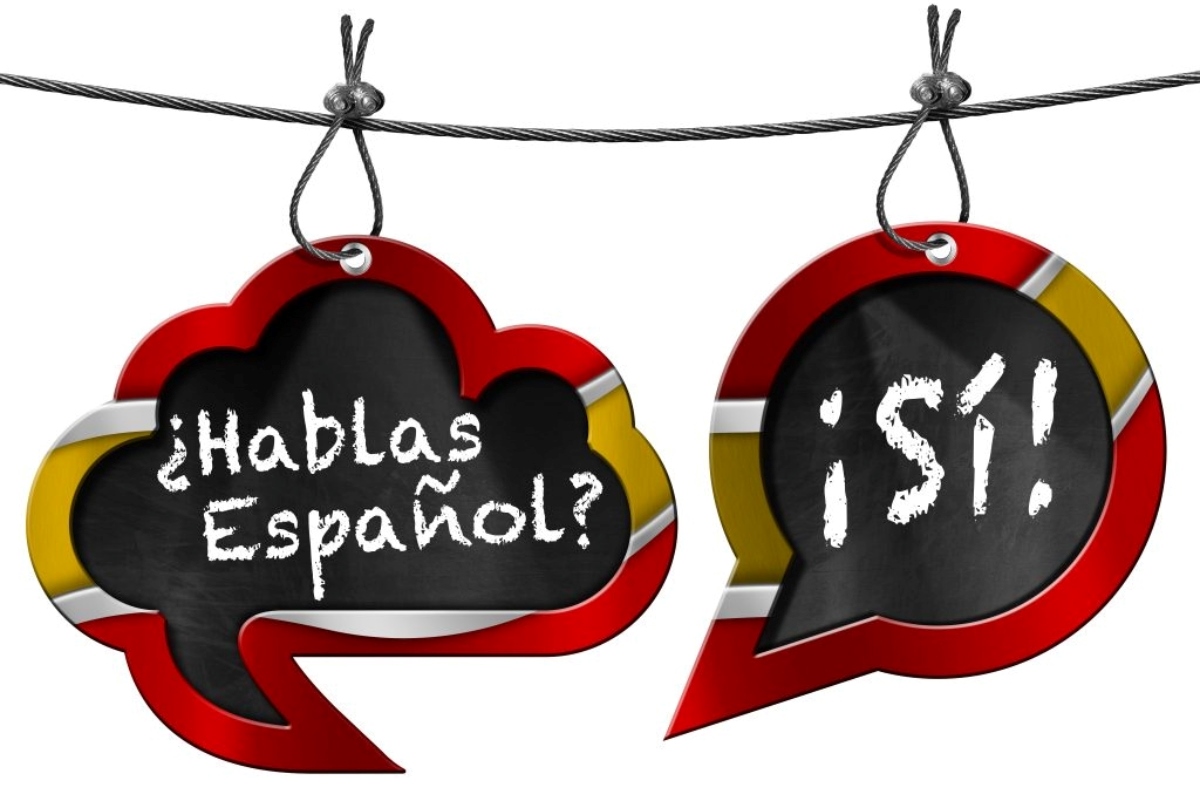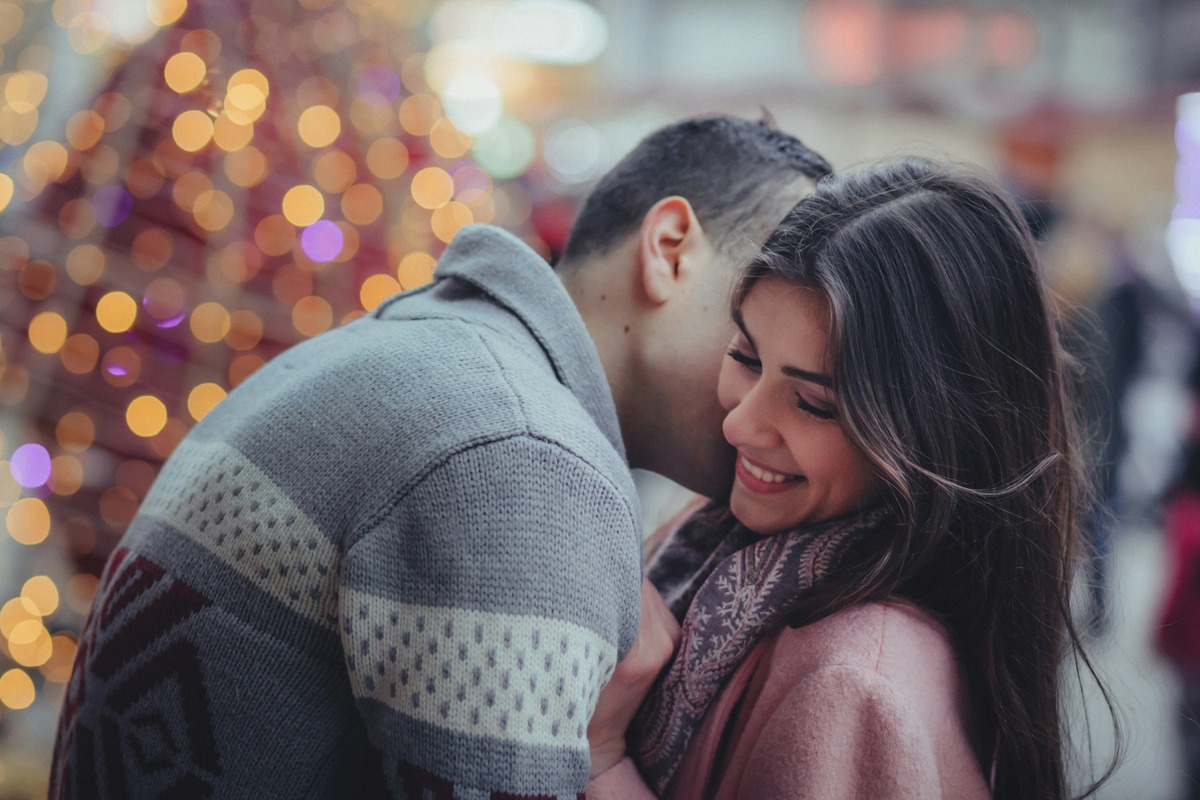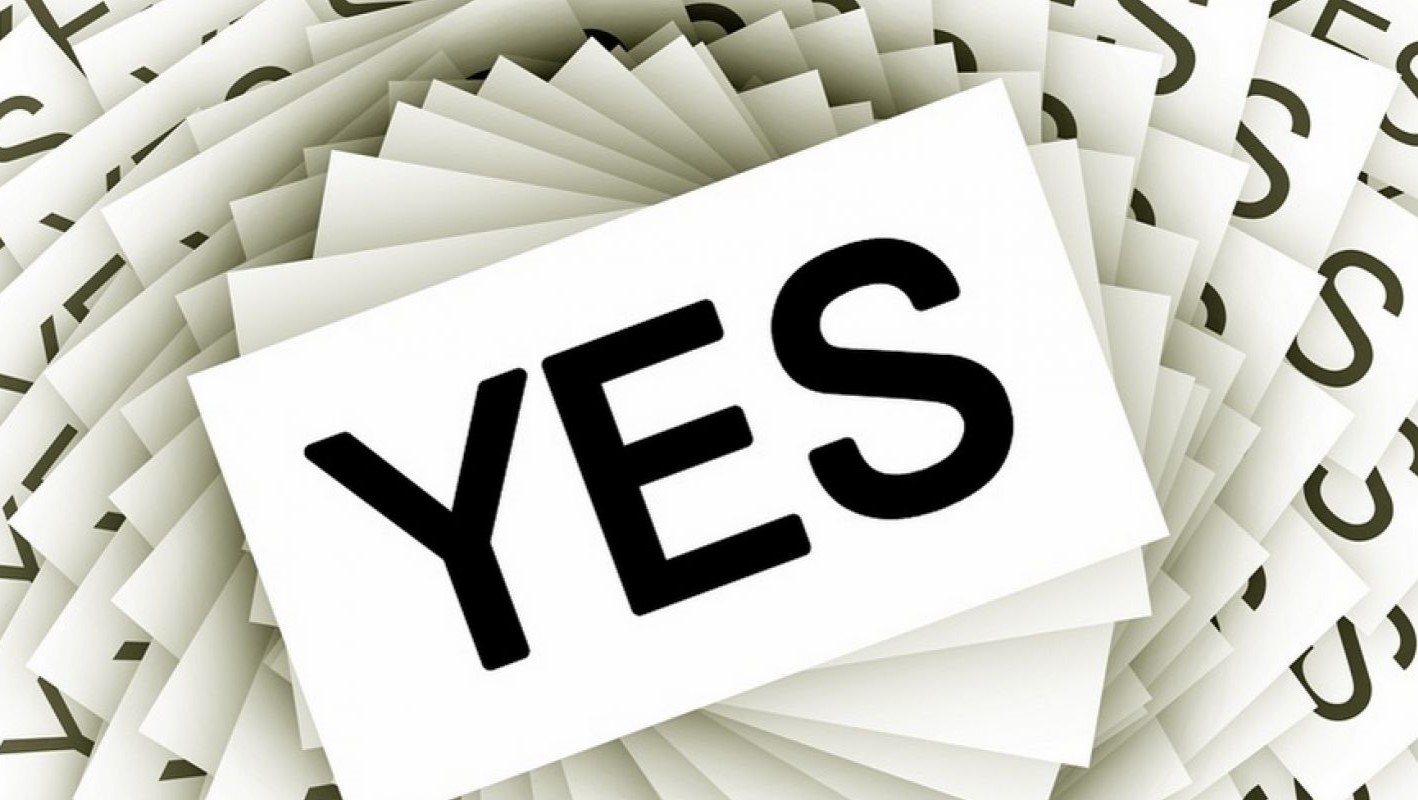Home>Language and Grammar>How To Say ‘Hi’ In Korean
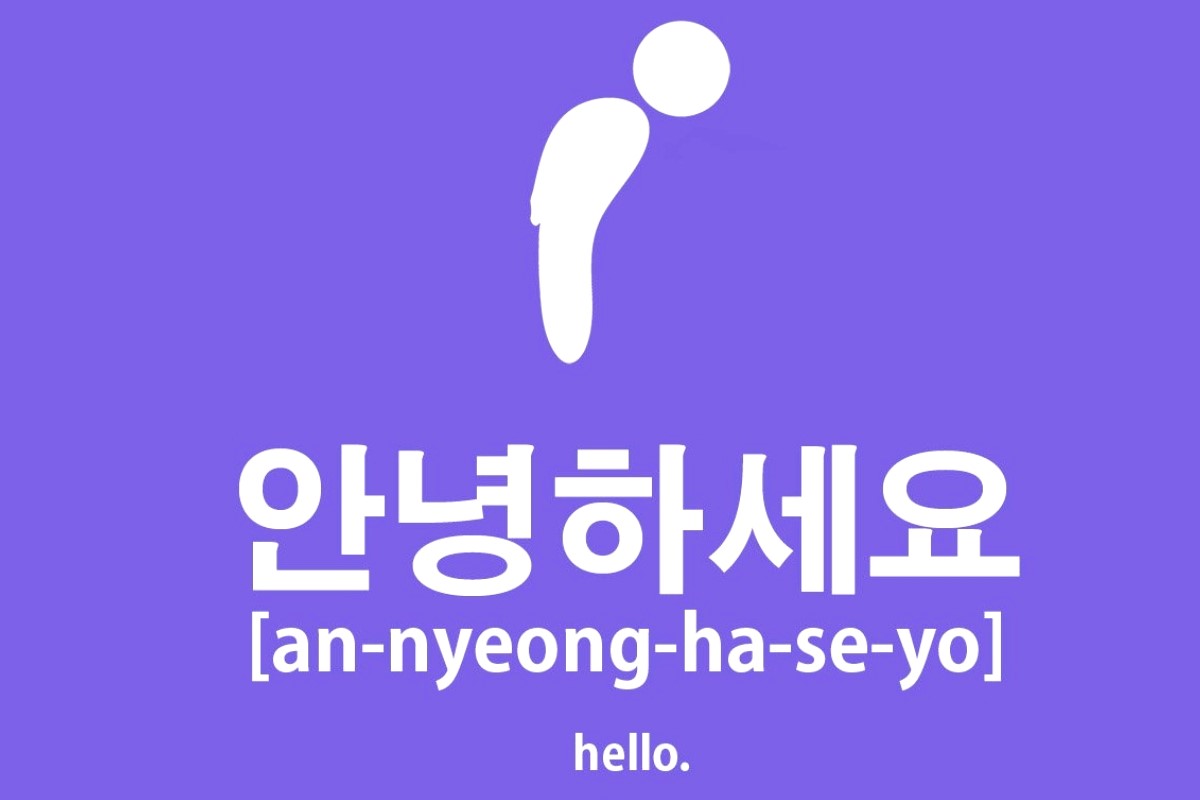

Language and Grammar
How To Say ‘Hi’ In Korean
Published: March 5, 2024
Learn how to say "hi" in Korean and explore language and grammar tips in this comprehensive guide. Start your Korean language journey today!
(Many of the links in this article redirect to a specific reviewed product. Your purchase of these products through affiliate links helps to generate commission for Noodls.com, at no extra cost. Learn more)
Table of Contents
Introduction
When exploring a new language, one of the first things people often want to learn is how to greet others. It's a fundamental aspect of communication that sets the tone for any interaction. In Korean culture, greetings hold significant importance, reflecting the values of respect and politeness deeply ingrained in the society. Understanding the various ways to say "hi" in Korean not only facilitates basic communication but also demonstrates a genuine interest in the language and culture.
Korean greetings are diverse, reflecting the nuances of formality, informality, and the relationship between the speakers. From the polite and formal exchanges to the casual and friendly encounters, the Korean language offers a rich tapestry of expressions for greeting others. By delving into the intricacies of these greetings, one can gain insight into the cultural norms and social dynamics of Korea.
In this article, we will delve into the multifaceted world of Korean greetings, exploring the different expressions used in various contexts. From basic greetings to formal, informal, and casual interactions, we will uncover the nuances of each greeting, shedding light on the subtle yet profound ways in which language shapes social interactions in Korean society.
Join us on this linguistic journey as we unravel the art of saying "hi" in Korean, delving into the intricacies of language and culture to gain a deeper understanding of the rich tapestry of greetings in the Korean language.
Read more: The Surprising Reason Koreans Say “Yobo”
Basic Greetings
In Korean culture, basic greetings serve as the cornerstone of social interactions, embodying the values of respect and courtesy. When initiating a conversation or meeting someone for the first time, it is essential to convey politeness and warmth through the choice of greeting. The most common and universally used greeting in Korean is "안녕하세요" (annyeonghaseyo), which translates to "hello" in English. This versatile greeting is suitable for both formal and informal settings, making it an indispensable phrase for anyone navigating the Korean language.
Another essential aspect of basic greetings in Korean is the use of honorifics to show respect based on the age, social status, or relationship with the person being addressed. For instance, when greeting someone older or in a position of authority, it is customary to use honorific expressions to convey deference and politeness. One such honorific term commonly used in greetings is "세요" (seoyo), which adds a layer of respect to the greeting. Therefore, "안녕하세요" (annyeonghaseyo) exemplifies the incorporation of honorifics in basic greetings, reflecting the cultural emphasis on hierarchical relationships and respect for elders.
In addition to "안녕하세요" (annyeonghaseyo), another widely used basic greeting in Korean is "안녕" (annyeong), which is a more casual and informal way of saying "hi" or "hello." This expression is commonly used among friends, peers, or in relaxed social settings where formality is not required. The simplicity and warmth of "안녕" (annyeong) encapsulate the friendly and approachable nature of informal greetings in Korean culture, fostering a sense of camaraderie and closeness among individuals.
Furthermore, when meeting someone for the first time, it is customary to accompany the greeting with a polite bow, known as "인사" (insa). This non-verbal gesture complements the verbal greeting, symbolizing humility, respect, and sincerity. The depth of the bow may vary based on the level of formality and the relationship between the individuals, further underscoring the significance of non-verbal communication in Korean greetings.
In essence, basic greetings in Korean encapsulate the core values of respect, politeness, and warmth, serving as the initial bridge that connects individuals in social interactions. By mastering the nuances of basic greetings, one can navigate the intricacies of Korean social etiquette, fostering meaningful connections and demonstrating a genuine appreciation for the cultural nuances embedded in the language.
Formal Greetings
In Korean culture, formal greetings play a pivotal role in demonstrating respect, courtesy, and adherence to social hierarchies. When engaging in formal interactions, whether in professional settings, official meetings, or when addressing individuals of higher status or authority, employing the appropriate expressions is crucial to convey deference and professionalism.
One of the most prevalent formal greetings in Korean is "안녕하십니까" (annyeonghasimnikka), which translates to "how do you do" or "hello" in English. This phrase embodies the essence of formality and respect, making it suitable for addressing seniors, superiors, or individuals in esteemed positions. The addition of "하십니까" (hasimnikka) to "안녕하세요" (annyeonghaseyo) elevates the level of politeness and formality, reflecting the cultural emphasis on showing deference to those of higher status.
Furthermore, when engaging in formal greetings, it is customary to use honorific titles and expressions to address individuals with respect. For instance, adding honorific titles such as "선생님" (seonsaengnim) for teachers or "회장님" (hoejangnim) for the chairman further accentuates the formal nature of the greeting, acknowledging the recipient's position and status with reverence.
In formal settings, the exchange of business cards, known as "명함 교환" (myeongham gyohwan), often accompanies the initial greeting. This ritual signifies mutual respect and serves as a tangible representation of professional identity and affiliation. The manner in which the business card is presented and received reflects the adherence to etiquette and the observance of hierarchical norms, underscoring the significance of formalities in Korean business culture.
Moreover, the use of formal language and polite speech forms, such as the honorific verb endings "-ㅂ니다" (-imnida) and "-ㅂ니까" (-imnikka), further exemplifies the adherence to decorum and respect in formal greetings. These linguistic nuances convey a sense of deference and professionalism, setting the tone for dignified and respectful interactions in formal settings.
In essence, formal greetings in Korean embody the values of respect, humility, and adherence to social hierarchies, reflecting the intricate nuances of Korean etiquette and cultural norms. By mastering the art of formal greetings, one can navigate professional environments with grace and demonstrate a profound understanding of the cultural intricacies embedded in the language.
Informal Greetings
In Korean culture, informal greetings offer a glimpse into the friendly and approachable nature of social interactions among peers, friends, and individuals of similar age or status. These casual greetings reflect a sense of camaraderie and closeness, fostering a relaxed and comfortable atmosphere in informal settings.
One of the most commonly used informal greetings in Korean is "안녕" (annyeong), which translates to "hi" or "hello" in English. This simple yet warm expression encapsulates the friendly and laid-back nature of informal interactions, often used among friends, classmates, or acquaintances in casual settings. The informality of "안녕" (annyeong) signifies a sense of familiarity and ease, creating an environment where individuals can engage in relaxed and unguarded conversations.
Additionally, informal greetings often involve the use of casual language and speech forms, reflecting the informal and friendly dynamics of the interaction. For instance, the omission of honorifics and the use of informal verb endings, such as "어" (eo) and "야" (ya), contribute to the casual and friendly tone of the greeting. This linguistic flexibility allows individuals to express warmth and closeness, reinforcing the bonds of friendship and camaraderie in informal exchanges.
Moreover, informal greetings in Korean are often accompanied by casual gestures, such as high-fives, fist bumps, or friendly pats on the back, further enhancing the sense of informality and camaraderie. These non-verbal expressions complement the verbal greeting, adding a layer of warmth and familiarity to the interaction, fostering a sense of connection and unity among peers.
In essence, informal greetings in Korean embody the spirit of friendship, warmth, and approachability, creating an environment where individuals can engage in relaxed and genuine interactions. By embracing the nuances of informal greetings, one can navigate casual social settings with ease, fostering meaningful connections and demonstrating an authentic appreciation for the friendly and inclusive nature of Korean culture.
Casual Greetings
Casual greetings in Korean reflect the friendly and relaxed nature of interactions among peers, close friends, and individuals of similar age or status. These informal expressions embody a sense of camaraderie and informality, creating a welcoming and laid-back atmosphere in social settings.
One of the most prevalent casual greetings in Korean is "안녕" (annyeong), which translates to "hi" or "hello" in English. This simple yet warm greeting is commonly used among friends, classmates, or acquaintances in casual settings. The informality of "안녕" (annyeong) signifies a sense of familiarity and ease, fostering an environment where individuals can engage in unguarded and relaxed conversations.
Casual greetings often involve the use of informal language and speech forms, reflecting the friendly and approachable dynamics of the interaction. The omission of honorifics and the use of informal verb endings, such as "어" (eo) and "야" (ya), contribute to the casual and friendly tone of the greeting. This linguistic flexibility allows individuals to express warmth and closeness, reinforcing the bonds of friendship and camaraderie in casual exchanges.
Moreover, casual greetings in Korean are often accompanied by casual gestures, such as high-fives, fist bumps, or friendly pats on the back, further enhancing the sense of informality and camaraderie. These non-verbal expressions complement the verbal greeting, adding a layer of warmth and familiarity to the interaction, fostering a sense of connection and unity among peers.
In essence, casual greetings in Korean encapsulate the spirit of friendship, warmth, and approachability, creating an environment where individuals can engage in relaxed and genuine interactions. By embracing the nuances of casual greetings, one can navigate informal social settings with ease, fostering meaningful connections and demonstrating an authentic appreciation for the friendly and inclusive nature of Korean culture.
Read more: How To Say “How You Say” In Spanish
Other Ways to Say 'Hi' in Korean
In addition to the commonly used greetings, Korean language offers a variety of expressions to say "hi" based on the specific context and the relationship between the speakers. These alternative greetings provide a nuanced and culturally rich way to initiate conversations and convey different shades of meaning. Understanding these diverse expressions not only enriches one's language proficiency but also deepens the appreciation for the intricacies of Korean social interactions.
1. 여보세요 (yeoboseyo)
"여보세요" (yeoboseyo) is a telephone greeting used to answer calls or get someone's attention on the phone. It is akin to saying "hello" when picking up a phone call and is a common way to initiate a conversation over the phone.
2. 안녕하십니까 (annyeonghasimnikka)
This formal greeting, often used in professional or official settings, conveys a high level of respect and politeness. It is suitable for addressing individuals of higher status or authority, emphasizing deference and professionalism in the interaction.
3. 어떻게 지내세요? (eotteoke jinaeseyo)
This phrase translates to "how are you?" and is a polite and caring way to greet someone while expressing genuine interest in their well-being. It reflects a thoughtful and considerate approach to initiating conversations, particularly in formal or respectful contexts.
4. 잘 지내셨어요? (jal jinaesyeosseoyo)
Similar to "어떻게 지내세요?" (eotteoke jinaeseyo), this expression conveys a sincere inquiry about someone's well-being, reflecting a warm and caring approach to greeting others. It is often used to show genuine concern for the other person's welfare.
5. 안녕히 주무셨어요? (annyeonghi jumusyeosseoyo)
This phrase is used to greet someone in the morning, akin to saying "good morning" in English. It conveys a sense of politeness and consideration for the other person's well-being, reflecting the cultural emphasis on starting the day with respectful interactions.
By familiarizing oneself with these diverse expressions, one can navigate various social scenarios with cultural sensitivity and linguistic finesse, fostering meaningful connections and demonstrating a genuine appreciation for the nuances of Korean language and culture.
